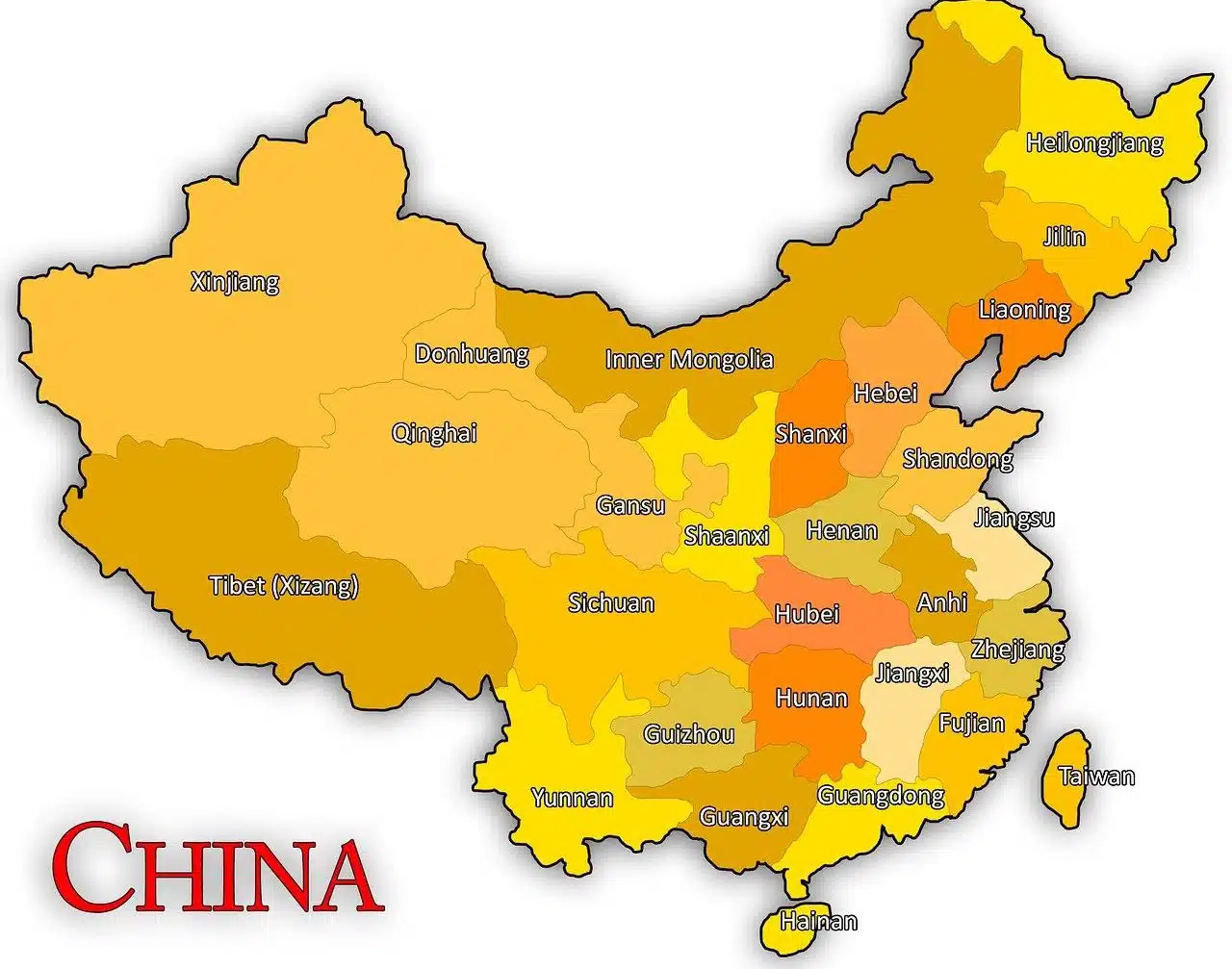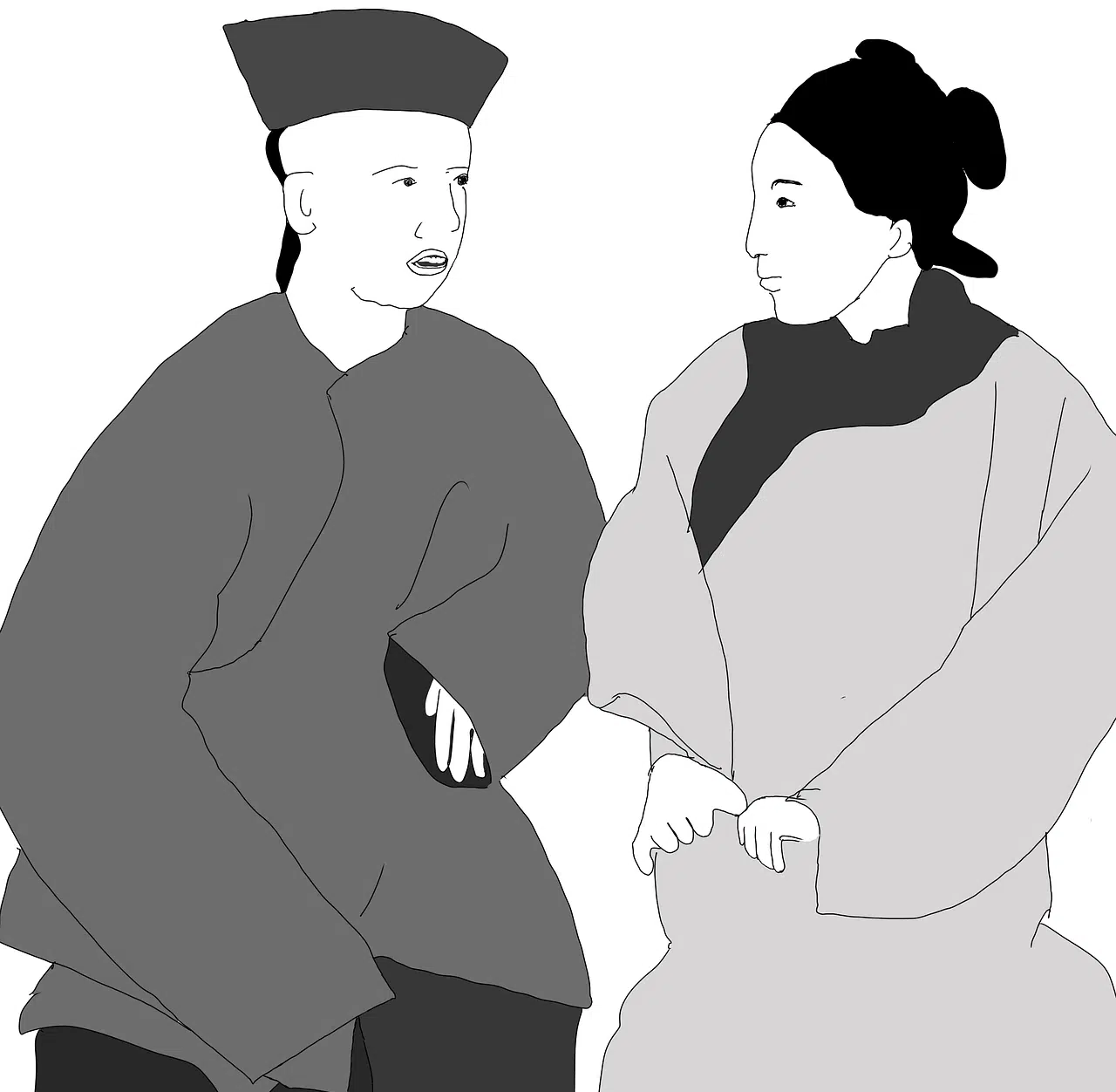
The Xinhai Revolution took place in China between October 1911 and February 1912.
Xinhai Revolution is the name given to the historical process that involved the end of the Qing dynasty and the establishment of the Republic of China . These events began to unfold in October 1911 and concluded in February 1912 .
This revolution was carried out, according to historians, through a series of revolts motivated by the discontent of a large part of the Chinese population with the imperial dynasty that had ruled the country since 1644 . Military defeats in different international conflicts (such as the Opium War and the First Sino-Japanese War ) and the demand for a modernization of the nation were the main reasons for this unrest.
Background of the Xinhai Revolution
The background of the Xinhai Revolution can be traced to the successive military missteps of the troops of the Qing empire . The United Kingdom in the First Opium War ( 1839-42 ) and in the Second Opium War ( 1856-60 ), in this case together with France ; and the Japanese Empire in the First Sino-Japanese War ( 1894-95 ) managed to prevail over the Chinese army throughout the 19th century .
Imperial forces also showed weakness in internal confrontations, such as the Taiping Rebellion ( 1850-64 ), the Nian Rebellion ( 1851-68 ), and the Dungan Rebellion ( 1862-77 ), which affected the Qing dynasty .
Faced with this reality, Emperor Guangxu promoted the Hundred Days Reform for Chinese modernization in 1898 , but the project was aborted by the Dowager Empress Cixi , who staged a coup d'état and came to control the Qing dynasty .
These events coincided with the Boxer Uprising , which included the intervention of the Eight Nations Alliance ( Japan , Russia , France , Italy , the United Kingdom , Germany , the Austro-Hungarian Empire and the United States ) in Chinese territory. The Boxers initially promoted the fall of the Qing dynasty , but later provided support to Cixi . In any case, the foreign powers ended up winning.

The Xinhai Revolution marked the end of the Qing dynasty.
The revolutionary movement
The revolutionary movement was formed with clandestine groups that sought the end of the Qing dynasty , supported by Chinese rebels who were in exile.
In 1895 , the Society for the Regeneration of China led by Sun Yat-sen had already planned the first Guangzhou Uprising, which failed. Nor did the uprisings of the Independence Army ( 1900 ), Huizhou ( 1900 ), the Great Ming ( 1903 ), Ping-liu-li ( 1905 ), Huanggang ( 1907 ), Huizhou Qinühu ( 1907 ), Anqing ( 1907 ), Qinzhou ( 1907 ), Zhennanguan ( 1907 ), Qin-lian ( 1908 ), Hekou ( 1908 ), Mapaoying ( 1908 ), Genxu New Army ( 1910 ), and the Second Guangzhou Uprising ( April 1911 ), although they laid the foundation for the revolution that triumphed.
The Xinhai Revolution is considered to have started with the Wuchang Uprising . This military insurgency took place on October 10, 1911 and, due to its success, generated new uprisings in all Chinese provinces, which began to proclaim their independence from the Qing State .
Thanks to the control of Nanjing , on December 2 the revolutionary forces established their provisional government . With the return of Sun Yat-sen from exile, the creation of the Republic of China was proclaimed on December 30 , with this revolutionary being its first president .
Meanwhile, the Qing dynasty continued to resist with Beijing as the capital of its state. For the final blow, the leaders of the Republic of China entered into negotiations with Yuan Shikai , the head of the New Army (the imperial armed forces). Thus, Sun promised to hand over the presidency to Yuan if he managed to convince the Dowager Empress Longyu to resign, also making Emperor Puyi (appointed to the position when he was barely 2 years old) abdicate.
In this context, on February 12, 1912, Puyi 's abdication took place, closing more than two thousand years of imperial dynasties and marking the beginning of the Chinese republican stage.

The Chinese Republic born after the Xinhai Revolution ended with the triumph of the communist revolution led by Mao Zedong.
Consequences of the Xinhai Revolution
The consequences of the Xinhai Revolution were notorious. The most important was the end of the Qing dynasty and the birth of the Republic of China .
This new sovereign state existed until 1949 , with a brief interruption in 1915-1916 when Yuan tried to restore the monarchy and led the short-lived Empire of China .
The decline of the Republic of China occurred alongside the so-called Chinese civil war , which pitted the Nationalist Party against the Chinese Communist Party . This confrontation took place between 1927 and 1937 and then between 1946 and 1949 : in between, the two sides joined together to fight Japan in the Second Sino-Japanese War .
In this context, the Communist Revolution took place, which triumphed on October 1, 1949 , when the People's Republic of China was established with Mao Zedong at the helm. The Republic of China , however, continued and continues to exist in the Taiwan archipelago, although with limited international recognition.
As for the People's Republic of China , it is still governed by the Communist Party . Due to the human rights situation in China , which is currently presided over by Xi Jinping , calls for democracy are often generated.
It should be noted that, although it maintains socialism as a regime, the People's Republic of China has introduced certain capitalist forms. Today China's economy is among the leading ones in the world, competing and surpassing the United States and European powers in many aspects.
